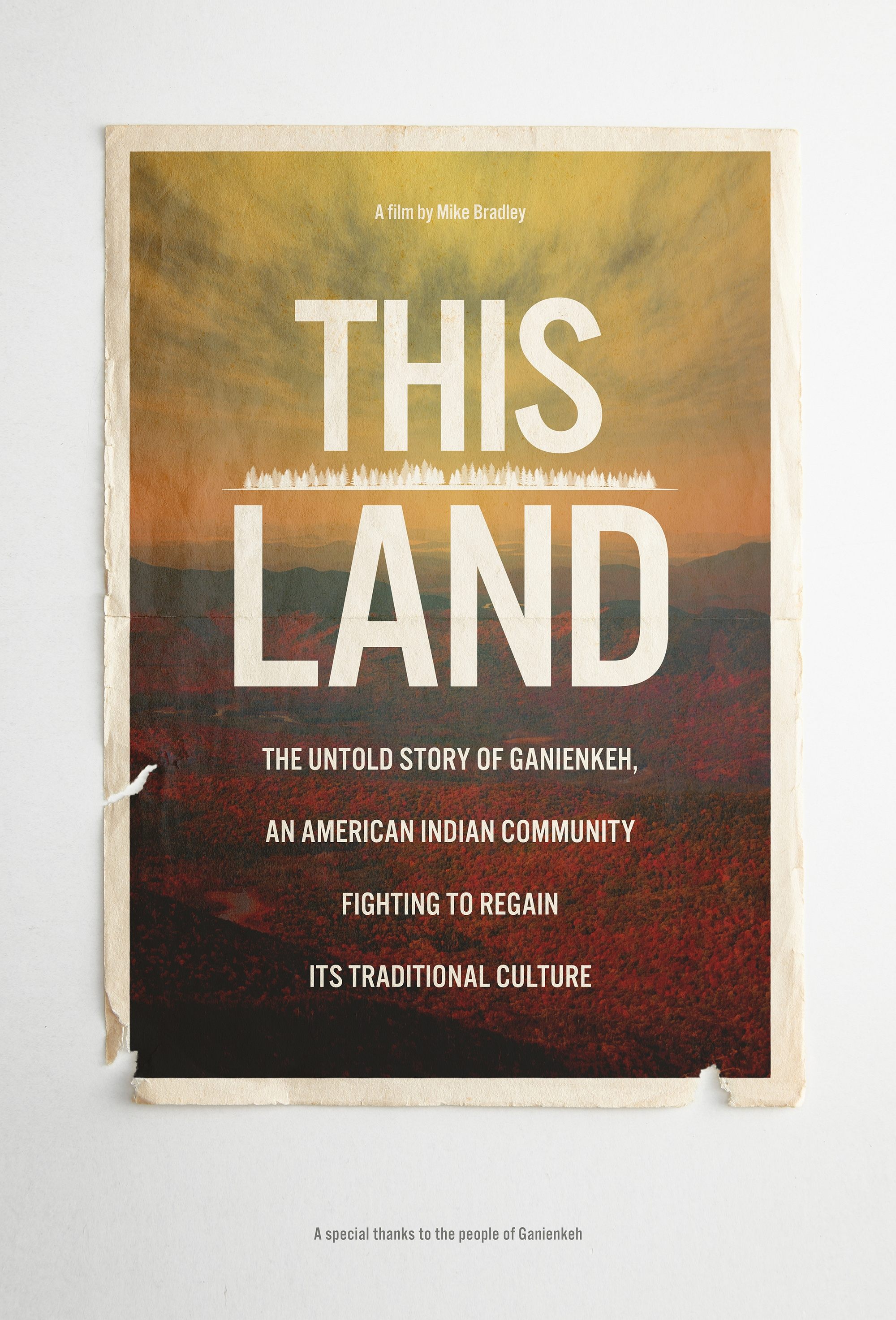
In 1974 a group of Mohawk Indians occupied a defunct girls camp in New York's Adirondack mountains and established a community they called Ganienkeh. Aiming to practice a more traditional lifestyle, and asserting aboriginal title to the land, they stayed for three years, having occasional violent clashes with the local residents. In 1977 they negotiated a (somewhat complicated) land swap with the State, and agreed to move to a permanent home near Plattsburgh, New York, where they remain today. Ganienkeh is one of the only examples of an indigenous people successfully reclaiming land from the United States, but it may not be the last.
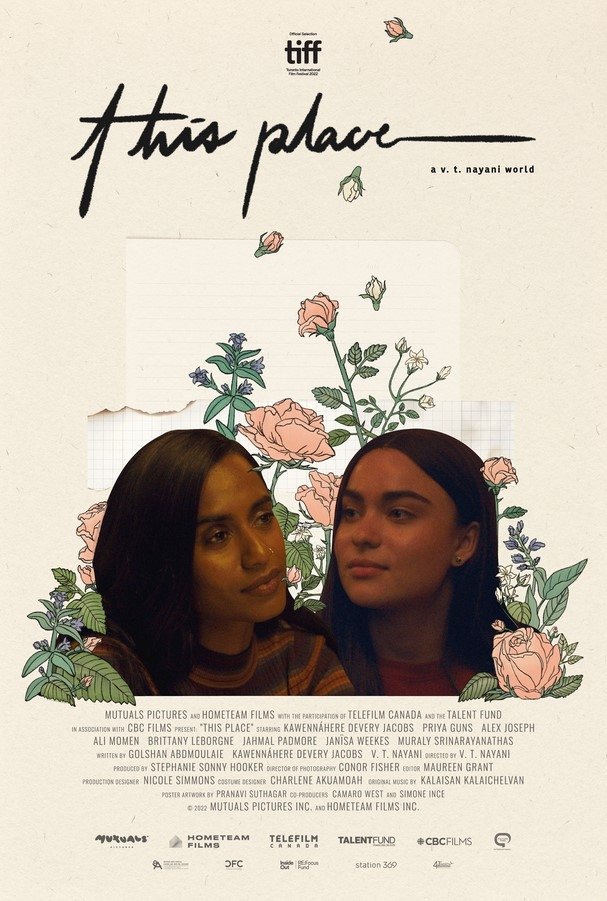
Living in the liminal space between worlds, two young women find themselves falling in love for the first time, while also being forced to unexpectedly confront their families, each complicated by legacies of love and loss.

Four young women are figuring out how to be Mohawk in the 21st century, to find their place in the world and, of course, try to find love. But in a small world where you or your friends have dated everyone on the rez, or the hot new guy turns out to be your cousin, it ain’t that simple. Torn between family pressure, tradition, obligation and the intoxicating freedom of the “outside world,” this fabulous foursome is on a mission to find happiness… and to find themselves.
Yagorihwanirats, a Mohawk child from Kahnawake Mohawk Territory in Quebec, attends a unique and special school: Karihwanoron. It is a Mohawk immersion program that teaches Mohawk language, culture and philosophy. Yagorihwanirats is so excited to go to school that she never wants to miss a day – even if she is sick.

Mohawk archaeologist Baptiste Asigny engages in a search for his ancestors following a tragic terrain slump in the Percival Molson Stadium.
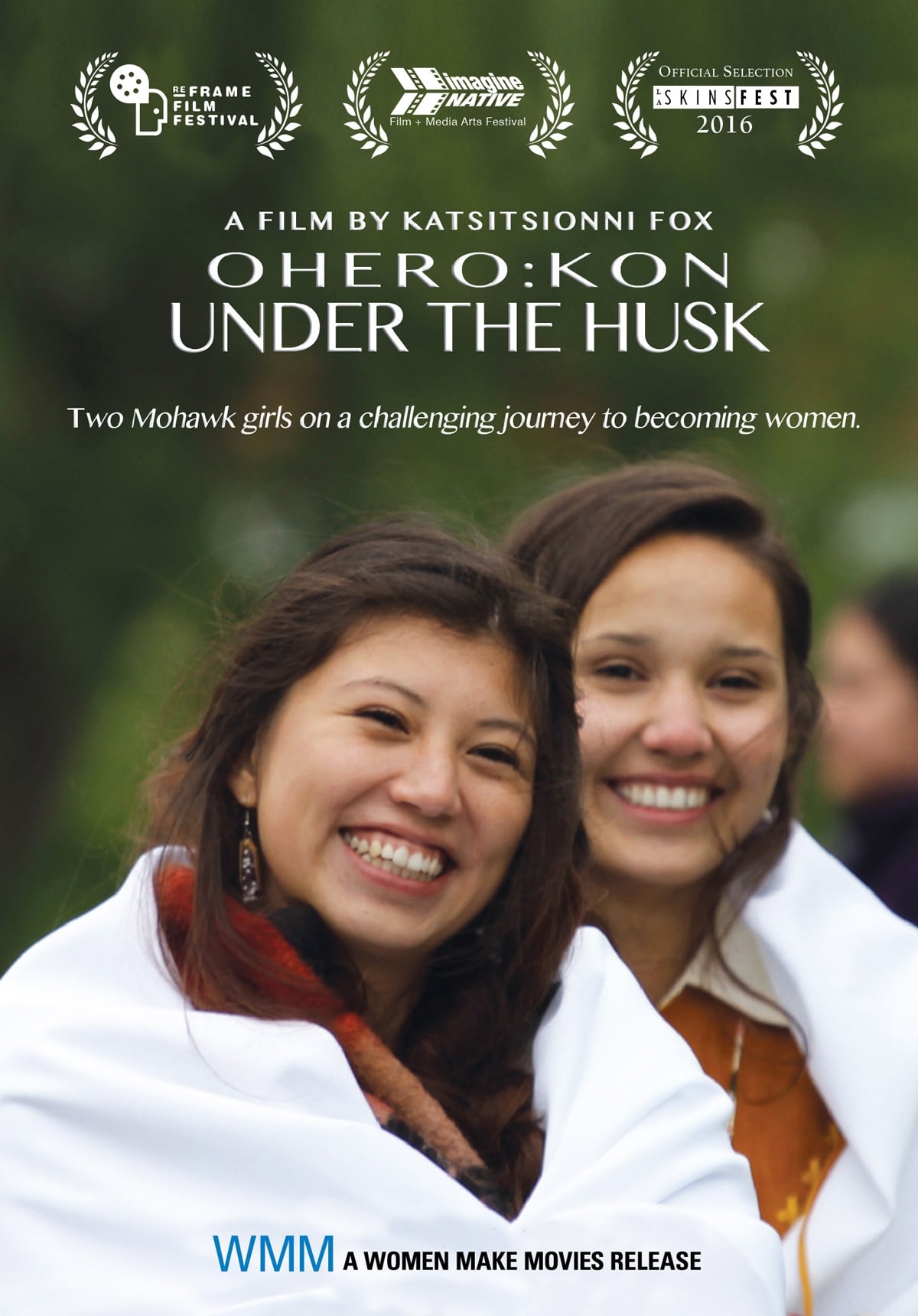
This documentary follows two Mohawk girls on their journey to become Mohawk women. Friends since childhood, Kaienkwinehtha and Kasennakohe are members of the traditional community of Akwesasne on the U.S./Canada border. Together, they undertake a four-year rite of passage for adolescents, called Oheró:kon, or "under the husk." The ceremony had been nearly extinct, a casualty of colonialism and intergenerational trauma; revived in the past decade by two traditional leaders, it has since flourished. Filmmaker Katsitsionni Fox has served as a mentor, or "auntie," to many youth going through the passage rites.
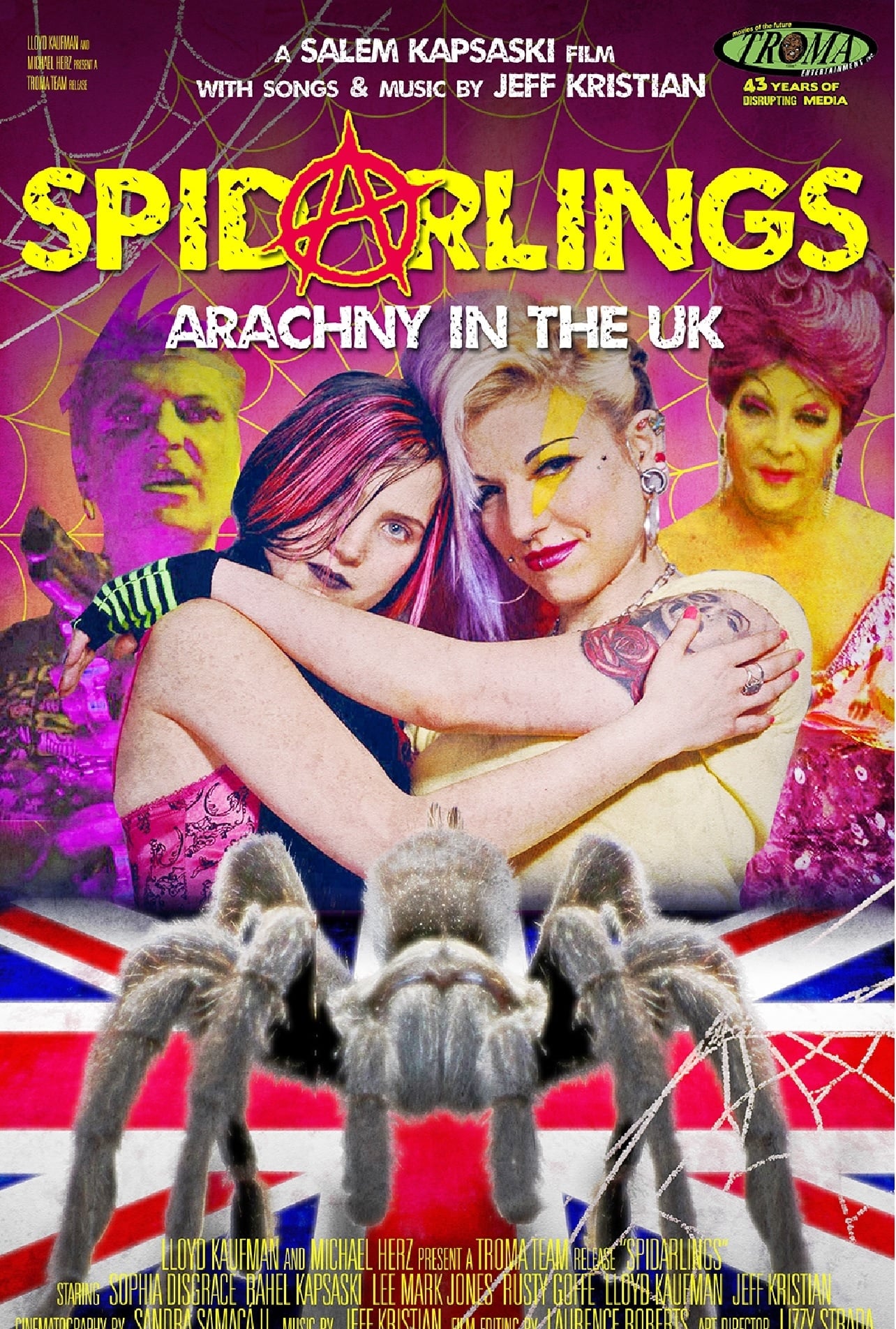
Poverty stricken lovers Eden and Matilda have enough trouble just getting through the days, but when Eden buys a pet spider the real troubles start.
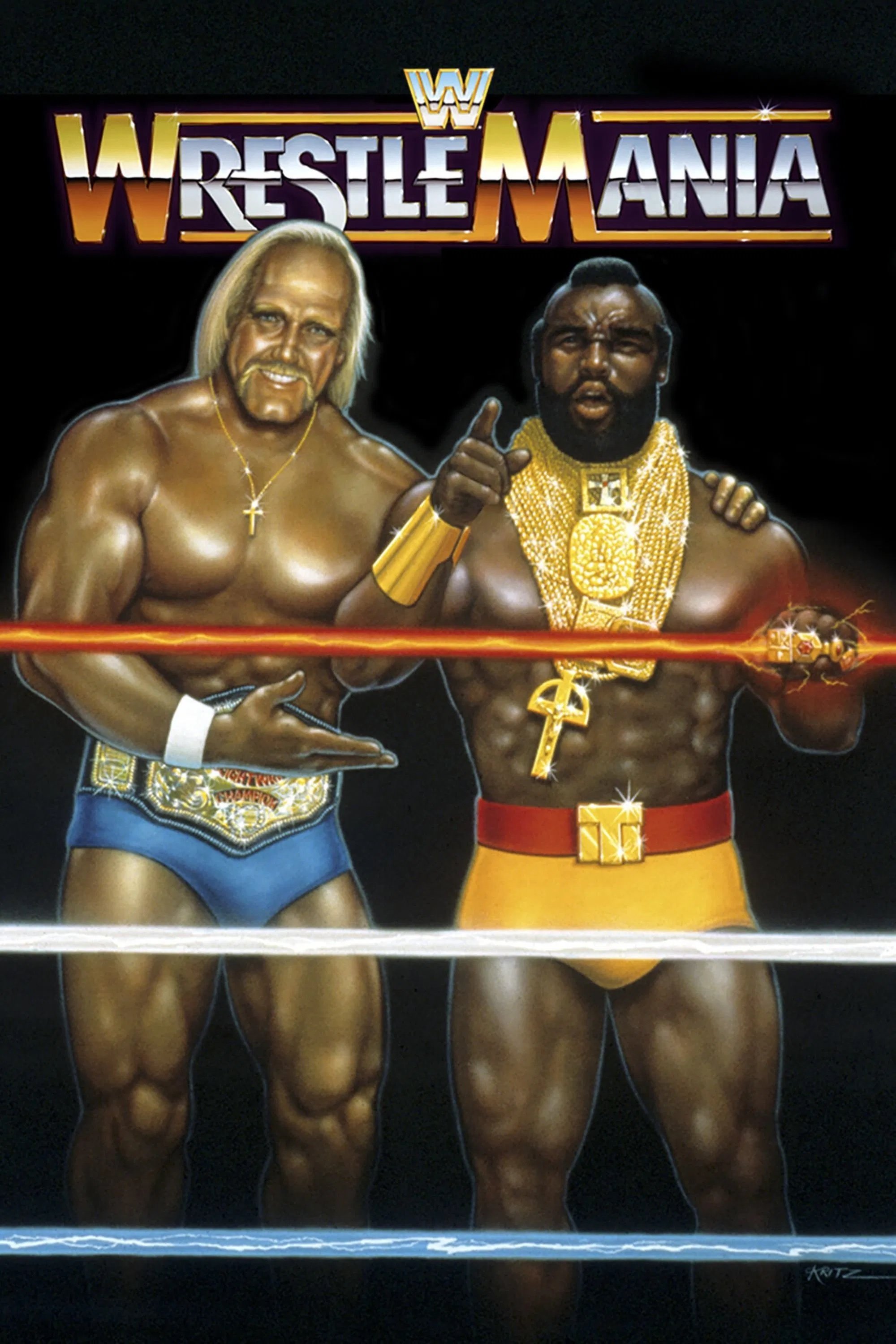
WrestleMania, sequentially known as WrestleMania I, was a 1985 professional wrestling pay-per-view (PPV) event produced by the World Wrestling Federation (WWF, now WWE). It was the inaugural WrestleMania and took place on March 31, 1985, at Madison Square Garden in New York City, New York. The attendance for the event was 19,121. The event was seen by over one million viewers through closed-circuit television, making it the largest PPV showing of a wrestling event on closed-circuit television in the United States at the time.
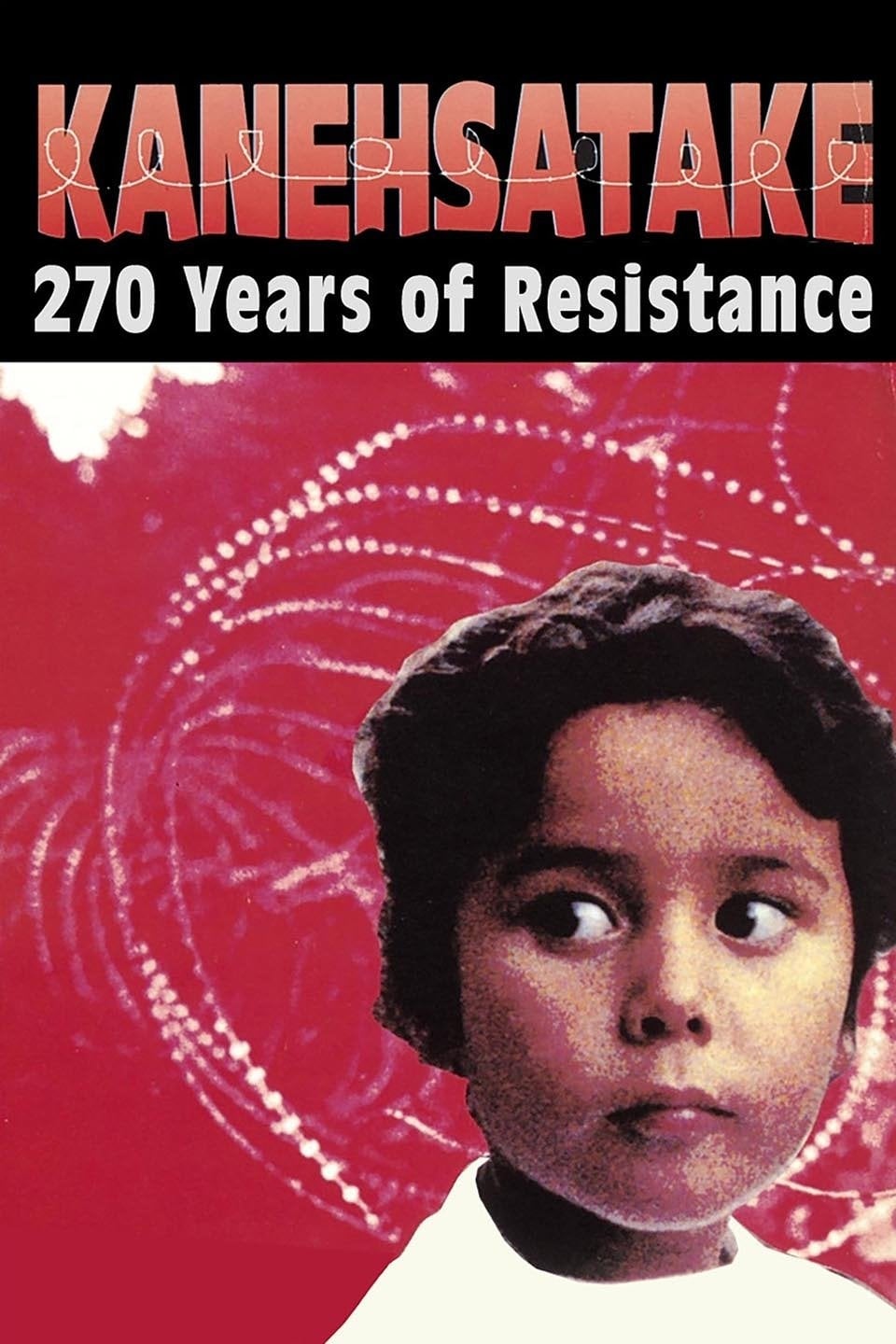
In July 1990, a dispute over a proposed golf course to be built on Kanien’kéhaka (Mohawk) lands in Oka, Quebec, sets the stage for a historic confrontation that would grab international headlines and sear itself into the Canadian consciousness.

Mavis Dogblood is a Mohawk painter from Canada haunted by the tragic death of her husband, who was hit by lightning. She paints the stories he used to tell her, but she can’t come to grips with her loss. It is only after she drives to New York City for an art opening, traveling across what were her ancestors’ tribal lands, that Mavis reconciles herself to her new life.
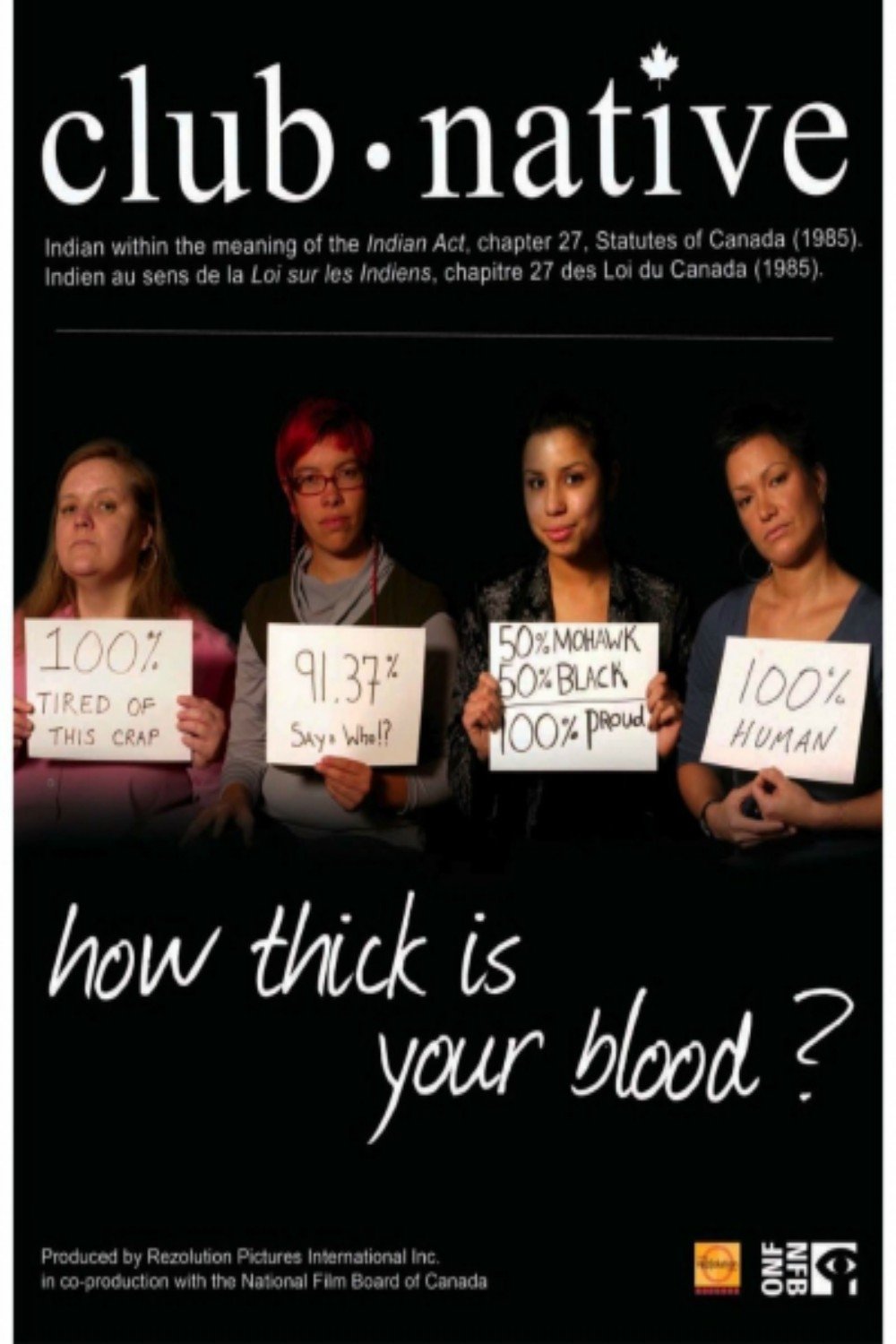
With moving stories from a range of characters from her Kahnawake Reserve, Mohawk filmmaker, Tracey Deer, reveals the divisive legacy of more than a hundred years of discriminatory and sexist government policy to expose the lingering "blood quantum" ideals, snobby attitudes and outright racism that threaten to destroy the fabric of her community.

This documentary by acclaimed filmmaker Alanis Obomsawin introduces us to Randy Horne, a high steel worker from the Mohawk community of Kahnawake, near Montreal. As a defender of his people's culture and traditions, he was known as "Spudwrench" during the 1990 Oka crisis. Offering a unique look behind the barricades at one man's impassioned defence of sacred territory, the film is both a portrait of Horne and the generations of daring Mohawk construction workers that have preceded him.
By browsing this website, you accept our cookies policy.